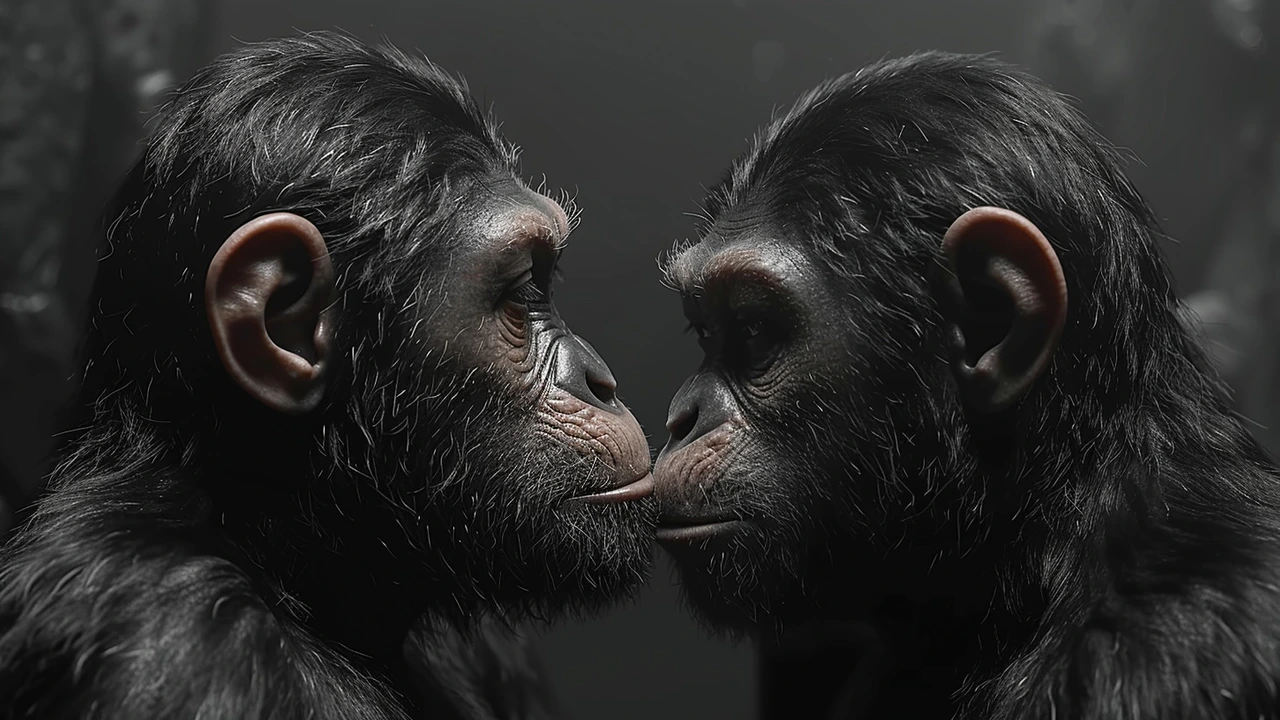Introduction to the Kingdom
The 'Planet of the Apes' series has long captivated audiences with its innovative use of technology and challenging narratives about civilization and survival. However, the latest entry, 'Kingdom of the Planet of the Apes', directed by Wes Ball, appears to be a step back in the evolutionary chain of this beloved franchise. On the surface, the movie boasts the usual high-caliber motion-capture effects, yet it seems to falter in delivering a new and engaging story.
Storyline Aesthetics vs. Substance
The premise sets an interesting stage: the film is located in a timeline where humans are scarce, and apes have taken a leap forward in evolution. They don't just communicate; they articulate complex thoughts and engage in societal structures. While this should provide fertile ground for innovative storytelling, the movie instead retreads a familiar path. We follow Noa, portrayed by Owen Teague, an ape protagonist whose journey frames the central narrative. After his village is ravaged by a rival group of marauders, Noa finds himself thrust unceremoniously into the hero's role.
What follows is a textbook hero’s journey – predictable and safe. This could have been a chance to delve deeper into the psychological nuances of apes evolving in such a complex world, or to highlight new societal conflicts. Instead, we receive well-trodden plot points that could belong to any other action-adventure script. The genuine shock is not in the script’s twists and turns, but in its reluctance to venture past established bounds.
Technical Triumphs and Missed Opportunities
The film does not lack technical finesse. The motion-capture technology that revolutionized this series continues to impress, and the visual portrayal of the apes is nothing short of breathtaking. Each scene leverages this technology to full effect, creating moments that are visually captivating. Yet, aesthetics alone cannot carry a film. When the audience cannot connect with the characters on-screen, even the most beautiful scenes can feel hollow. In 'Kingdom of the Planet of the Apes', the characters rarely extend beyond their roles within a basic narrative framework.
It’s here that one feels the deficiency most. The lack of depth in characterization prevents the audience from emotionally investing in the story. Thus, despite the stunning landscapes and lifelike apes, there remains an unavoidable disconnect that mutes the overall impact of the narrative.
Conclusion and Future Possibilities
The film concludes with a setup for a potentially more engaging future scenario, suggesting we may not have seen the end of this franchise. However, without innovations in storytelling and character development, future installments are at risk of falling into the same cycle of visual celebration devoid of substantial narrative. If 'Kingdom of the Planet of the Apes' is to survive in the public’s favor, it needs a reinvigorated script that matches the quality of its technical achievements.
The narrative, while splendidly arrayed in the trappings of cutting-edge cinematic technology, ultimately underdelivers where it matters most: in inviting viewers to a journey worth more than its visuals. In its over two-hour runtime, it misses numerous opportunities to deepen its narrative arc and flesh out the inner lives of its protagonists. As it stands, 'Kingdom of the Planet of the Apes' is a visual spectacle, stuck in a narrative stasis.
For fans of the franchise and lovers of science fiction, the film will tick certain boxes: stunning CGI and action sequences are all there. However, for those seeking substance and a fresh storyline, the film may appear as an artifact rather than a beacon of the genre's evolving narrative potential.

Write a comment